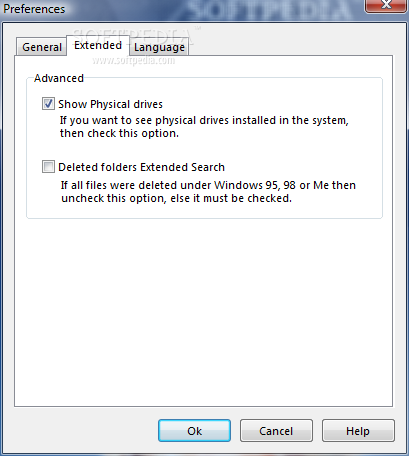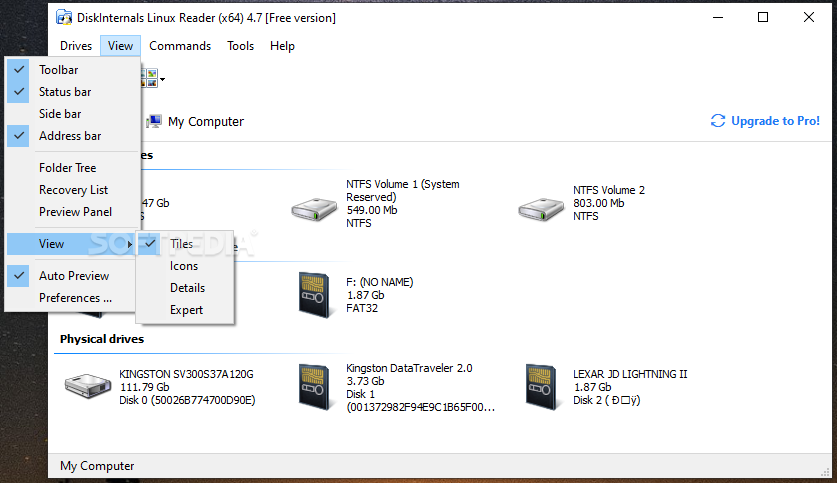

All these nifty little features come handy when you are browsing files from a foreign file system. It also displays a pie chart which can be customized a little. If you are on the root of a drive, Linux Reader will show you some stats like count of different types of files. Also, you can specify a view and sort files on all the available properties. The program has almost all of the standard features such as a search box, navigation buttons, recent files, and folders.

And you can browse its content like any other drive. You can open any drive which has been formatted to be used with a Linux. The program has a neat interface which resembles somewhat with Windows Explorer which makes Linux Reader an easy to use and understand the tool. The tool only provides read-only access which means you cannot accidentally mess up with your Linux file system from Windows. However, complex it may seem, but Linux Reader makes it simple to access files from a Linux filesystem in Windows. Apart from that, the tool can also read normal Windows supported file systems such as NTFS, Fat, exFat, etc. DiskInternals Linux ReaderĭiskInternals Linux Reader is completely free and lets you access files from Ex2/3/4, UFS2, HFS, and ReiserFS/4 file systems. In this post, we’ve covered a free tool called Linux Reader which solves this exact problem by letting you read files from a Linux filesystem on Windows.

While Linux can easily read the NTFS file system in which Windows store files, Windows cannot read Linux’s file system. Even though both the operating systems are on the same device, they follow a different file system. The only problem that users face on Windows is that they are not able to access their files that were created in Linux. Do you dual boot between Windows and Linux on your computer? This is a new way people are using their computers to enjoy the benefits of both the operating systems.


 0 kommentar(er)
0 kommentar(er)
